A hair curl pattern is essential for determining the best hair regimen, selecting the best hair products, and tripling your length retention! Your present hair routine may be working for you, but by learning your curl pattern and upping your hair game to match it.
You may cure your hair problems, double or even treble your length retention, and increase the general health of your hair. You'll be able to communicate with your hair if you learn it better. In a moment, you'd know what works and what doesn't for your hair.
Because it lacks any wave or curl, bone straight hair is classed as a "1." The curliest, twirliest coils are those of type 4, one of the most common Black hair kinds.
There appears to be a lot of uncertainty in the category 4 hair types, notably how to distinguish between 4b and 4c natural hair. Many women are unsure where they sit between these two groups. This article will Discuss the Difference Between 4B and 4C Hair.
What Is 4B Hair?
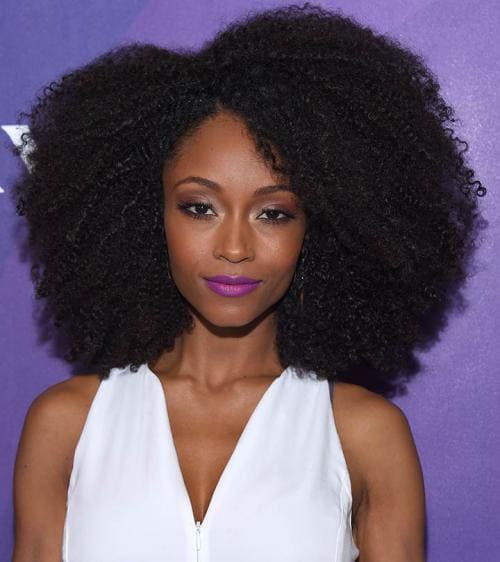
4b natural hair has a Z-shaped curl pattern rather than the other curl types' S-curved curl pattern. Instead of ringlets, the curls have acute, angular bends. The strands are tiny and narrow, like a ballpoint pen.
Because of the severe angular bends in this hair type, it can be difficult to cover it uniformly with hydration, which is why this type of kinky curl frequently suffers from dryness.
It's no surprise that, while being thinner and finer in general (some strands can shrink up to 60% of their former size), Type 4b hair is prone to frizzing since moisture tends to disperse when there are too many routes for it to leave at any given time.
The Negative Side of 4b:
- 4b hair shrinks by approximately 50%.
- When 4b hair is neglected, it is prone to breakage (not properly washing, detangling, conditioning, or detoxing your hair consistently)
The Positive Side of 4b:
- 4b hair holds styles longer than 4a hair.
- A strand of hair (up to 7 days)
- 4b hair often develops into strong and magnificent afros.
- 4b hair is less difficult to style and manage than 4c hair.
Taking Care of 4B Hair:
4B hair requires the following care:
Moisturizing
Because 4B hair is so tightly coiled, it is susceptible to dryness and hence requires a lot of moisture to grow.
To do this, you'll need to add a few items to your hair care routine:
A therapy involving the use of heated oil. A heated oil treatment can nourish your hair for a long period.
Use a leave-in conditioner every day to add moisture to your hair.
Deep condition your hair every two weeks when you wash it.
Finally, to preserve moisture in your hair at night, wear satin bonnets or scarves. Additionally, switch to silk pillowcases for the best moisture absorption.
Stretching
Use Bantu knots, twists, and African threading to spread out your 4B hair. It is best to stretch your hair while it is damp.
Washing
Use a moisturizing shampoo in place of a clarifying one. Hydrating shampoos provide moisture to your hair while washing.
Detangling
Because of its delicate nature, 4B hair must be finger detangled before washing or styling to prevent breakage.
Try Bantu knots, high puffs, box braids, Senegalese twists, and Senegalese twists as well; these styles just require slight tweaks.
What Is 4C Hair?
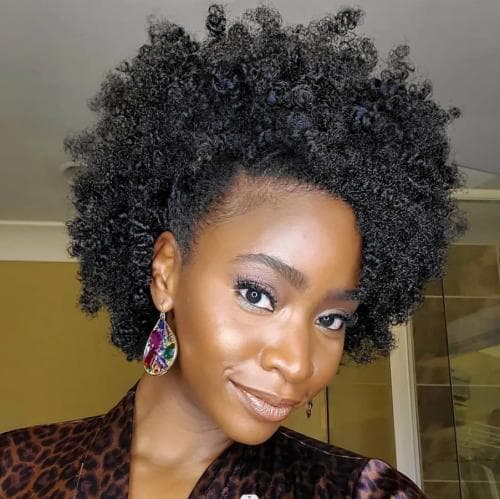
Of all the curly hair types, 4C hair has the tightest curl pattern, creating ringlets of tight, bouncy strands. It has the highest shrinkage of all hair types, and its roughness makes it difficult to comb.
In addition, 4C hair can lose up to 75% of its length and tends to clump more at the ends than 4B hair.
Similar to 4B hair, 4C hair is prone to dryness and has to be moisturized frequently to keep the hair healthy and consistent in its pattern of hair growth.
But since 4C hair is unique, you can make shapes and styles with it that many other hair textures can't.
The Negative Side of 4c:
- 4c hair is notorious for breaking. Even after detangling, the curls continue to wrap around each other.
- 4c hair possesses unrivaled shrinking abilities, capable of shrinking by up to 75%. If you have twenty (20) inches of hair, for example, 4c shrinking might make it seem just five (5) inches long.
The Positive Side of 4c:
- 4c hair eliminates the difficulties of continuously restyling and handling your hair. It may keep the greatest protective styles for the longest period — one to two (1-2) months!
- When dried, 4c hair almost defies gravity. This function provides a plethora of styling possibilities, including updos, buns, and FRO hawks.
- 4C hair boasts incredible volume and beautiful, head-turning afros.
Taking Care of 4C Hair:
The secret to sporting healthy 4C hair, similar to 4B natural hair, is in how you care for it. 4C hair, on the other hand, is the most difficult to care for and style since it lacks a distinct curl pattern.
The main goals of 4C hair are to preserve hydration, prevent knots, and prevent shrinkage.
In addition to the techniques for 4B hair, here's how you can accomplish it.
Detangling
Use a wide-tooth comb or your fingers to detangle your 4C hair.
After each wash, as well as before and after styling and before using a protective style, detangling should be done. Keep your 4C hair detangled at all times to prevent knots.
For 4C hair, moisture is crucial.
Just like you would with 4b hair, invest in moisture-adding products and stay away from sulfates and other chemicals that dry your hair.
The Significant Differences Between 4B and 4C Hair
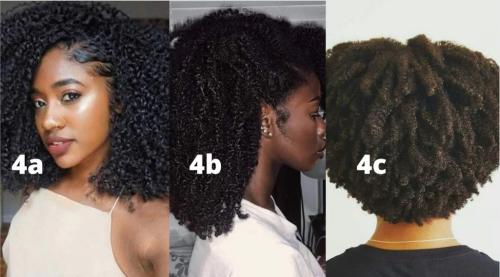
Take a few strands of your hair and analyze the pattern against a light backdrop, such as a sheet of paper, to determine your hair type. When you closely examine the hair pattern, you will be able to discern the difference between 4B and 4C hair.
4B hair is distinguished by its zigzag pattern. 4B has tight "Z" shaped strands with limited curl definition, as opposed to 4A or 4C.
Furthermore, because it allows the hair to grow, 4C hair is suitable for individuals who want to create a long-term protective style. The texture of 4C hair is ideal for constructing and maintaining long-lasting twists and braids.
Because of the nature of 4B hair, it cannot rip off braid-outs or twist-outs, nor does it last or cause the hair to knot. Some argue that 4C hair is superior to 4B hair for this reason.











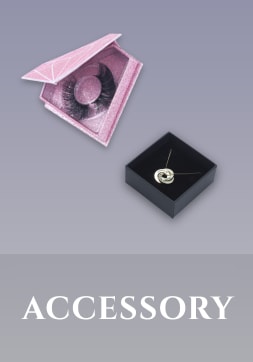
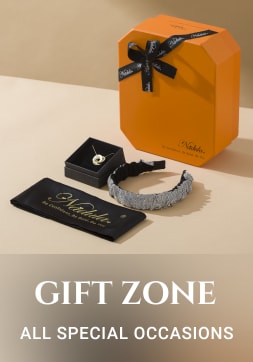

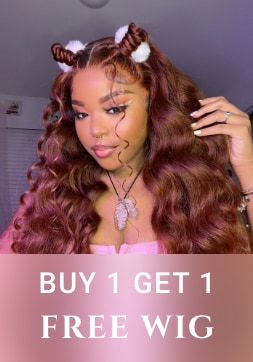



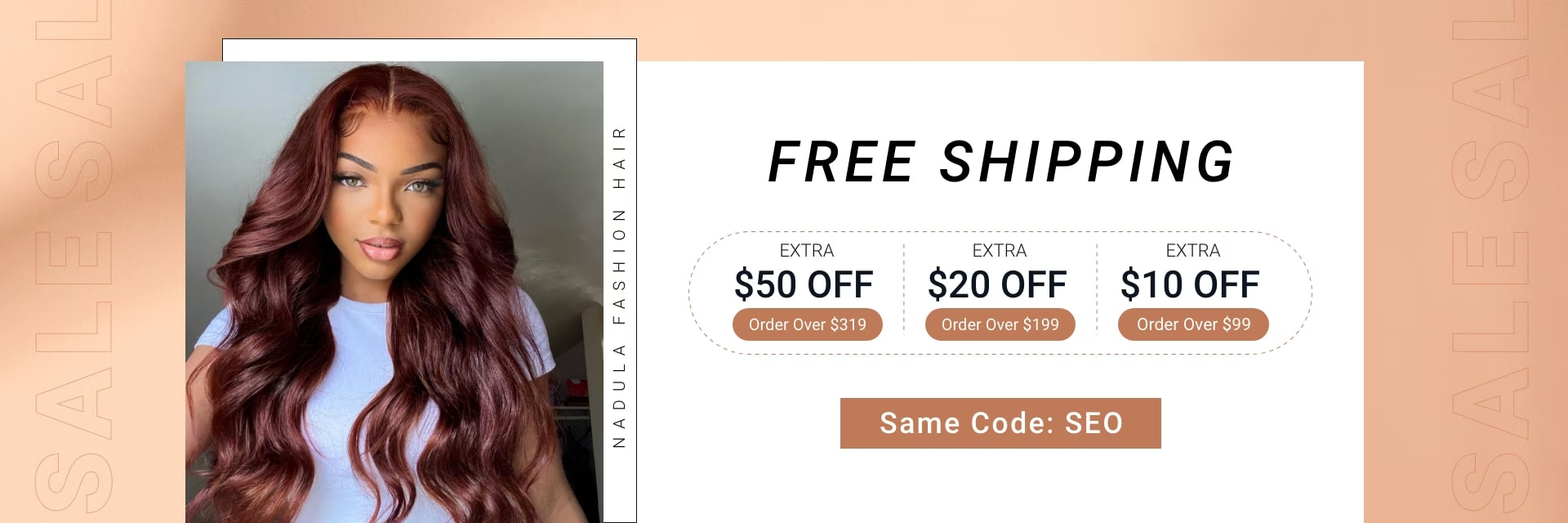






)

)

)

)

)

)

)

)

)

)

)

)

)

)

)

)

)

)

)

)

)

)

)

)

)

)

)

)

)

)

)

)

)

)

)

)

)

)

)

)

)

)

)

)

)

)

)



)

)

)

)

)


)

)












0 Comments
Write For Us | Comments Form